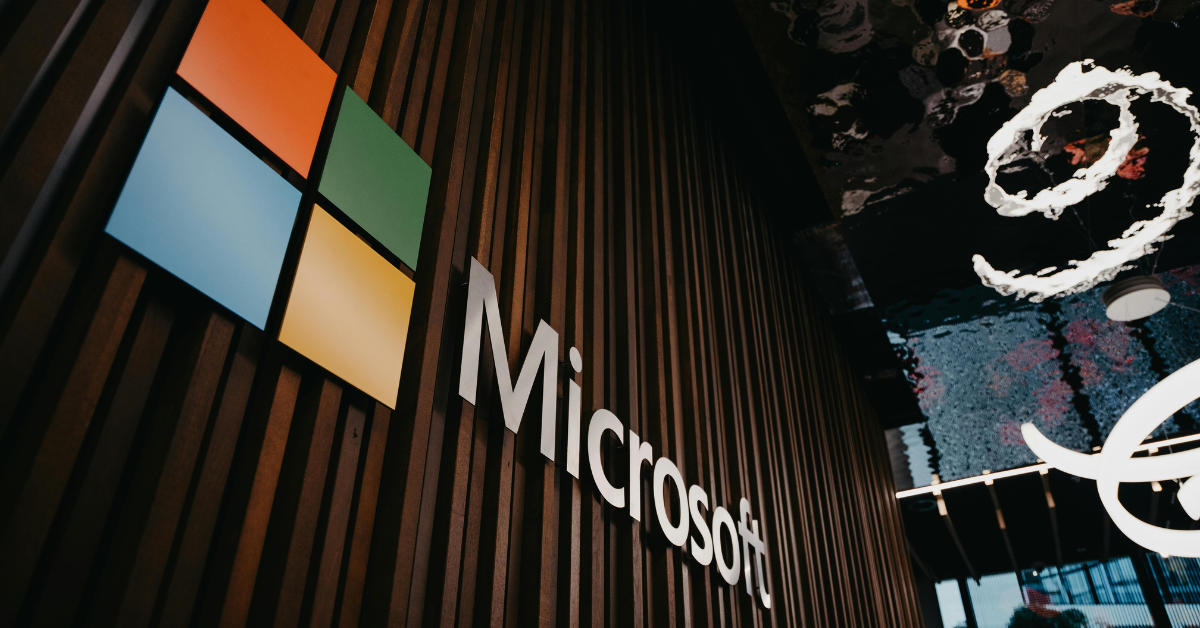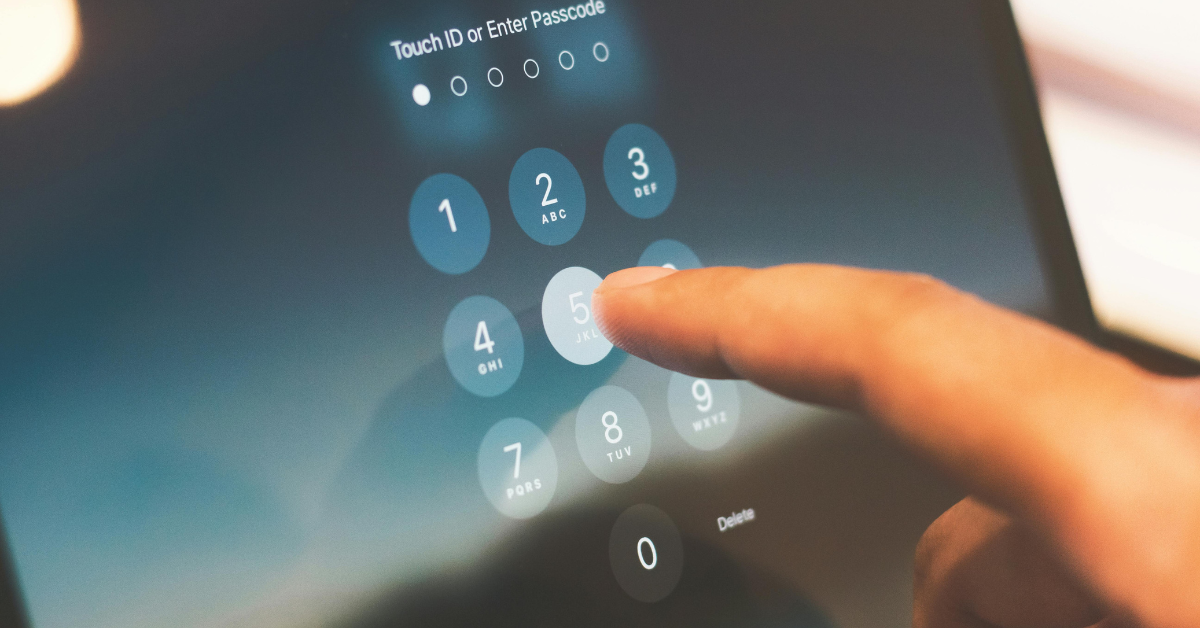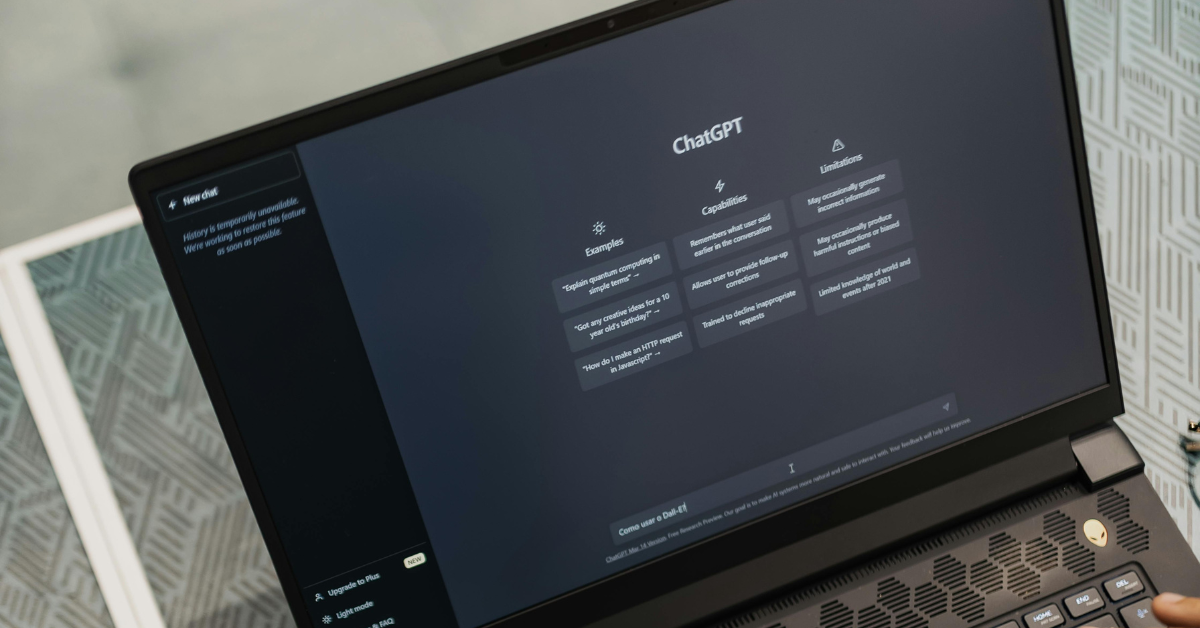Disaster Recovery as a Service (DRaaS): What You Need to Know
When disaster strikes, the last thing you want is to be caught unprepared. Whether it’s ransomware, a flood, or just plain human error, the damage to your data can ripple across your entire operation. That’s where a solid data protection strategy—like Disaster Recovery as a Service (DRaaS)—comes in. It gives you more than just peace of mind. It gives you a plan.
What Is DRaaS and How Does It Work?
DRaaS is a cloud-based solution that mirrors your IT systems to a secure off-site location. When something goes wrong with your primary environment, DRaaS steps in. Systems are spun up in the cloud, data is restored, and business continues—sometimes without customers even noticing a hiccup.

This isn’t just about backups. DRaaS offers full system recovery. Applications, settings, and workflows are all part of the package.
Why DRaaS Matters for Business Continuity
Traditional backups can be slow and patchy. DRaaS focuses on speed and completeness. Recovery time and recovery point objectives (RTO and RPO) are tight, measured in minutes or hours, not days.
And because it runs in the cloud, there’s no need for a second physical data center. That’s a huge cost saver, especially for smaller businesses. Plus, you get better geographic diversity for your data, which reduces the risk of regional outages.
When Should You Consider DRaaS?
Not every business needs it, but a lot more probably should be considering it.
Here are some indicators:
- You handle sensitive customer or financial data
- Downtime would cost you more than DRaaS would
- You’re already using cloud backup, but it’s not enough for full recovery
- Your industry has strict compliance or uptime regulations
- You’re worried about ransomware and other growing threats
If even one of those hits close to home, it’s time to explore DRaaS.

How DRaaS Fits Into Your Broader Data Protection Strategy
DRaaS isn’t a silver bullet, but it’s a strong piece of a bigger puzzle. It works alongside cloud backup, cybersecurity measures, and employee training. Together, they create a comprehensive approach to business continuity.
According to Forrester’s 2024 findings, businesses that had tested their disaster recovery plans in the last six months were 50% more likely to bounce back quickly from disruption. DRaaS makes that testing simpler and more reliable, because your recovery environment is ready to go.
It’s Not Just About Recovery. It’s About Staying Ready.
You never know when a crisis will hit. But you can know that your systems, your data, and your people are prepared to respond. DRaaS helps you stay operational, serve your customers, and protect your reputation when it matters most.
If it’s been a while since you reviewed your disaster recovery plan—or if you don’t have one—this is the right time to change that.
Further Reading
- The State of Disaster Recovery Preparedness in 2024 – Forrester
- https://www.forrester.com/report/the-state-of-disaster-recovery-preparedness-in-2024/RES180378
- Risk to Resilience: Disaster Recovery in 2024 – Forrester Webinar
- https://www.forrester.com/webinar/risk-to-resilience-disaster-recovery-in-2024/WEB40323
- Navigate Compliance Risks with These Key Capabilities – Gartner
- https://www.gartner.com/en/articles/navigate-compliance-risks-with-these-key-capabilities
- How to Align Risk Management and Governance in 2025 – Cyber Magazine
- https://cybermagazine.com/articles/gartner-how-to-align-risk-management-and-governance-in-2025











